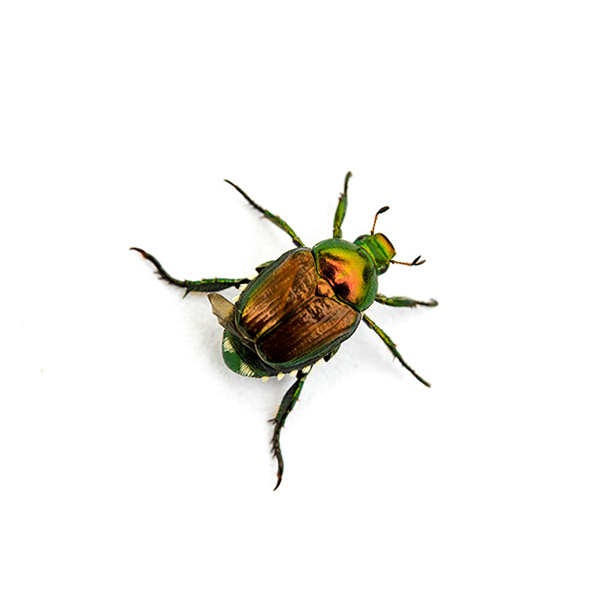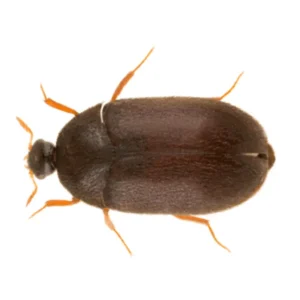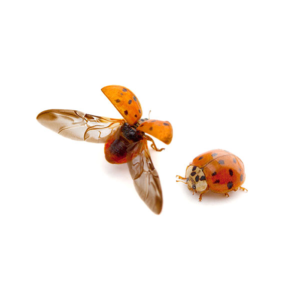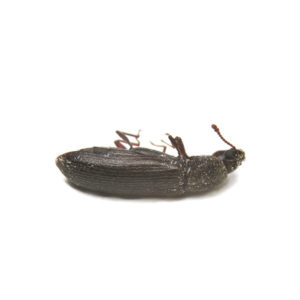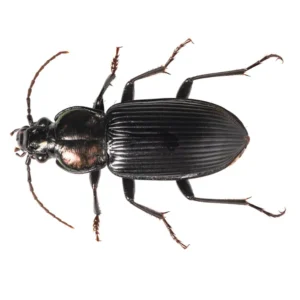Japanese Beetles in North Carolina
The Japanese beetle is a widespread and destructive pest of lawns, landscape, and ornamental plants in the United States. Japanese beetles are a serious pest of turf, trees, shrubs, flowers, and crops. Although adults will feed on over 300 species of plants, grubs feed mainly on the roots of grasses. Difficult and expensive to control, these beetles feed on grassroots, damaging turf, golf courses, and pastures. Japanese beetles were first found in the U.S. in 1916 in New Jersey and have since spread throughout various states.
Because there are many different types of beetles in North Carolina, they can be difficult to distinguish, however our common beetle species can help with this.
Japanese Beetle Habitat
Japanese beetles have a wide host of plants they can feed on and can live anywhere there is sufficient foliage. They are not limited to forests or grasslands and often live on farms, cities, and even your garden. These beetles are especially common on roses, beans, grapes, and raspberries. Japanese beetles have a voracious appetite and are most active on warm sunny days, feeding in groups under direct sun. Adult beetles can fly, allowing them to easily move throughout a homeowner’s landscape. These pests begin eating at the top of plants and work their way down.
Japanese Beetle Behaviors, Threats, or Dangers
While Japanese beetles do have powerful chewing mouthparts for munching on leaves, they do not bite people. However, the estimated damage and cost of controlling Japanese beetles in the U.S. is over $460 million each year! Due to their distinctive feeding pattern, damage caused by Japanese beetles can be easy to recognize. These pests feed on the soft tissue between leaf veins, leaving behind a skeletonized, lace-like pattern. The grubs damage grass as they overwinter and feed in soil, which can result in brown patches of dead or dying grass that will pull up easily due to their weakened roots. If you suspect a Japanese beetle infestation, contact a local beetle control expert.
Need help with Japanese Beetle control?
Frequently Asked Questions
Are Japanese Beetles Harmful?
Yes, Japanese beetles can be harmful to plants, particularly to ornamental plants, flowers, fruits, and vegetables. They feed on the leaves, flowers, and fruits of many plants, causing damage that can weaken or kill the plants if left untreated.
How to Get Rid of Japanese Beetles?
There are several methods to control Japanese beetles:
- Handpicking: Physically removing the beetles from plants can help reduce their numbers, especially in small infestations.
- Neem oil: Spraying neem oil on affected plants can act as a deterrent to Japanese beetles.
- Insecticides: Chemical insecticides can be used, but care must be taken to follow instructions and avoid harm to beneficial insects.
- Traps: Traps specifically designed for Japanese beetles can attract and capture them, helping to reduce their population in the area.
- Biological controls: Some natural predators, such as parasitic wasps and certain birds, can help control Japanese beetle populations.
When do Japanese Beetles Come Out?
Japanese beetles typically emerge in early summer, usually around late June to early July, depending on the region and local climate conditions. They are most active during warm, sunny days and are often seen feeding on plants during this time.

